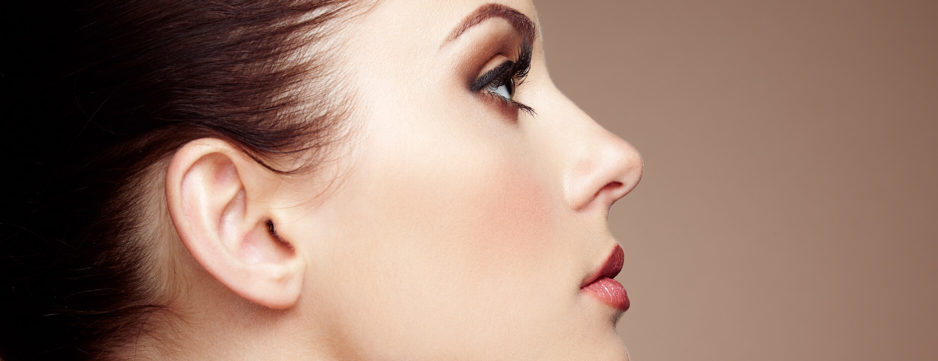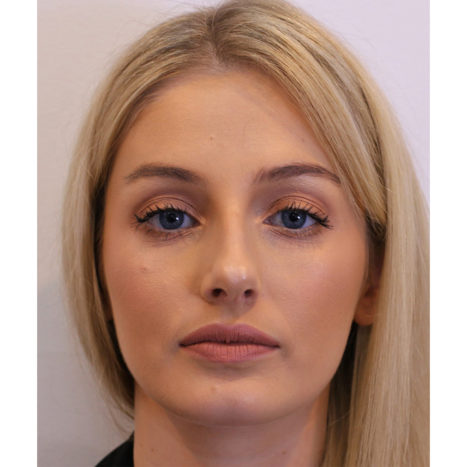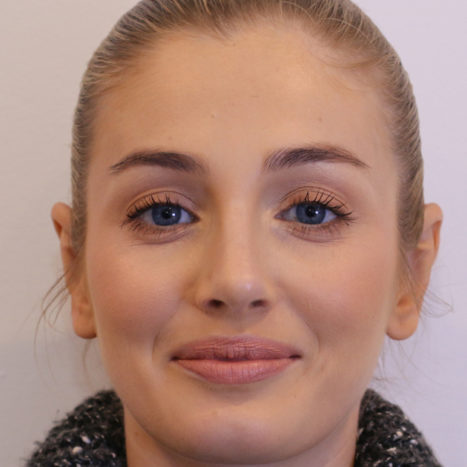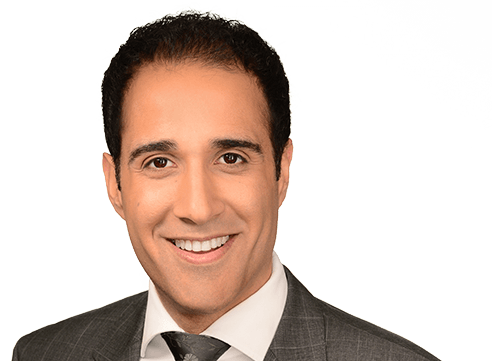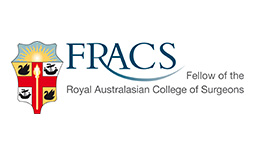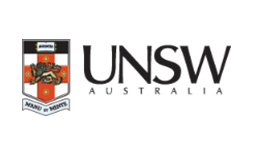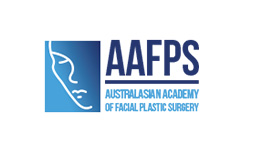Rhinoplasty
Rhinoplasty Consultation with Dr Choroomi
During your rhinoplasty consultation Dr Choroomi will evaluate your nose and facial frame. Photography and digital imaging will be performed to show what aesthetic changes may be possible with rhinoplasty surgery. You will have the opportunity to discuss why you want rhinoplasty, including expectations and outcomes. During all cosmetic consultations all patients will undergo psychological screening and we may refer you to a psychologist.
Specific questions regarding surgical procedure, recovery, and results will be discussed in detail at your consultation to ensure you are fully informed and comfortable with the surgical plan.
Rhinoplasty Techniques
Open Rhinoplasty
Dr Choroomi’s preferred method for rhinoplasty is an “open” rhinoplasty procedure.
A small incision is made on the collumela (the area dividing the nostrils). The skin of the nose is then lifted back, allowing Dr. Choroomi a clear view and superior access to manipulate the bone and cartilage in your nose. Through this incision all rhinoplasty concerns can be addressed. Most importantly, through an open incision Dr. Choroomi can accurately assess and control the variants of your nasal tip. Very fine sutures are placed to close the incision at the end of the operation.
Closed Rhinoplasty
Closed rhinoplasty procedures are mainly reserved for small hump reductions or minor tip refinement cases, operating on the entire framework of the nose through the opening of the nostrils. The main advantages of a closed rhinoplasty are hidden incisions within the nose and less post-operative swelling. However, this method gives an obstructed view of the bone and cartilage underneath your skin and this limited view can lengthen an operation.
Recovery after Rhinoplasty Surgery
The recovery from both “open” and “closed” rhinoplasty is exactly the same in the immediate week following surgery. Gauze will be placed under your nose, much like a mustache, to catch any mild oozing. A splint and cast will be placed on the outside of your nose to provide structural support as your nose begins to heal.
On your postoperative visit, typically a week after surgery, your splint and cast will be removed. If you had an “open” operation, there are typically 8 very fine sutures that will be removed from your collumella. If you had a “closed” operation, these sutures do not exist; your stitches are internal and will dissolve on their own. Bruising may be more common in patients who had open rhinoplasty, although this will heal in 1-2 weeks.
Physical activity must be reduced for two weeks to keep swelling at a minimum.
Rhinoplasty Results
You may see minor results and have breathing improvement after the swelling subsides, typically 3-5 weeks. Due to gravity the tip of the nose is the last to heal. Swelling can take up to two years to completely subside.
Potential Risks and Complications of Rhinoplasty
Your surgery will be performed safely and with care in order to obtain the best possible results. You have the right to be informed that the surgery may involve risks of unsuccessful results, complications or injury from both known and unforeseen causes. Because individuals vary in their overall health and healing abilities, skin texture, anatomy, circulation and the way they react to medications and anesthesia, there can be no guarantee made as to the results of surgery. Furthermore, there always exists the potential for complications.
The following complications of rhino/nasal surgery have been reported in the medical literature. They are listed here for your information, not to frighten you, but to make you aware and more knowledgeable concerning this surgical procedure. The list below includes most complications that are encountered, but it is not all-inclusive.
If you have any questions regarding the potential complications listed, please discuss them with Dr Choroomi prior to your procedure.
Nasal Bleeding or Hemorrhage
A small amount of blood-tinged drainage is normal after nasal surgery and should decrease gradually. Severe bleeding may require packing or other intervention to control the bleeding.
Edema and Ecchymosis
Swelling and bruising will occur and occasionally can result in persistent dark circles under the eyes. If you have dark bruises under your eyes, avoid exposing the area to sunlight.
Infection
Infection is rare with a 0.8-1.5% reported incidence. You will be given antibiotics during surgery and to take after surgery to prevent infection.
Skin Problems
Excessive dryness, dimpling, redness, pustules, and proliferated of dilated blood vessel are possibilities.
Haematoma
A collection of pooled blood in an area. May require drainage.
Periostitis
Inflammation along sites of bone that were involved in the surgery.
Septal Perforation
A hole in the nasal septum, which is not visible from the outside. A perforation may result in dryness, crusting, nose bleeds, or whistling sounds from the nose. Perforations may be permanent but can often be repaired.
Altered sense of smell
Is usually related to mucosal swelling and is almost always reversible.
Nasal Skin Necrosis
Although exceedingly rare, cases where the blood supply to the nasal skin is compromised might result in loss of skin over segments of the nose. The risk of this increases if you have had previous surgeries or revisions performed as the blood supply has already been altered. In cases of skin necrosis, scarring might ultimately result and further procedures might be indicated.
Nasal Obstruction
Inability to breath well through the nose may be permanent or reversible. This may take longer to resolve in patients with nasal allergies or other pre-existing sinonasal disease.
Injury to Lacrimal Apparatus
This may occur due to the proximity of the surgical site to the nasolacrimal duct and may manifest as excessive tearing or eye irritation. These problems are usually due to surgical swelling and usually improve spontaneously.
Asymmetries Scar and Fibrotic Tissue
Initially the nose may be asymmetrical due to swelling. If asymmetries persist after swelling subsides, a revision or adjustment may be performed after adequate healing.
Pneumothrax
Related to harvesting of rib graft.

